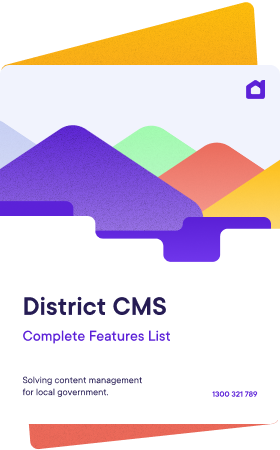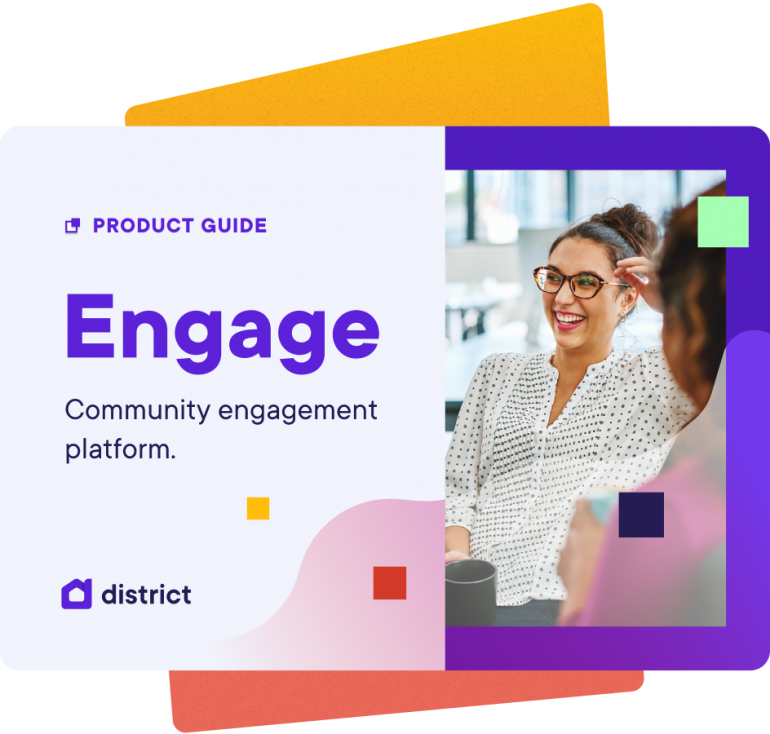Website users do not all view and process online content in the same way. Whilst most people have the full use of two eyes, physical mobility and cognitive function, a smaller proportion of the population needs help to access and/or understand content on the internet.
Some people have minor injuries. Others have varying levels of physical and cognitive disability. But accessibility is a right for all internet users, regardless of ability status.
Unfortunately, however, many websites are designed and written in a way that ignores this right to information accessibility.
The good news is that fundamental rules and guidelines exist to address these issues. In Australia, website accessibility is considered best practice. It’s something that all organisations need to be aware of and incorporate. But for government agencies, accessibility isn’t just best practice. It’s actually the law.
Here’s what you need to know about website accessibility compliance...
The WCAG 2.0 guidelines
The Web Content Accessibility Guidelines (WCAG) 2.0 is an internationally recognised set of standards developed by the World Wide Web Consortium (W3C). The guidelines’ sole purpose is to make internet content accessible to the widest possible audience.
WCAG 2.0 is guided by four main principles, which stipulate that digital content must be:
- Perceivable: website content must use colour palettes, contrast and fonts that make information easy to see.
- Operable: links, forms and calls to action must be easy to follow and use.
- Understandable: content must be easy to comprehend.
- Robust: web pages, sites and sitemaps must have a sound structure.
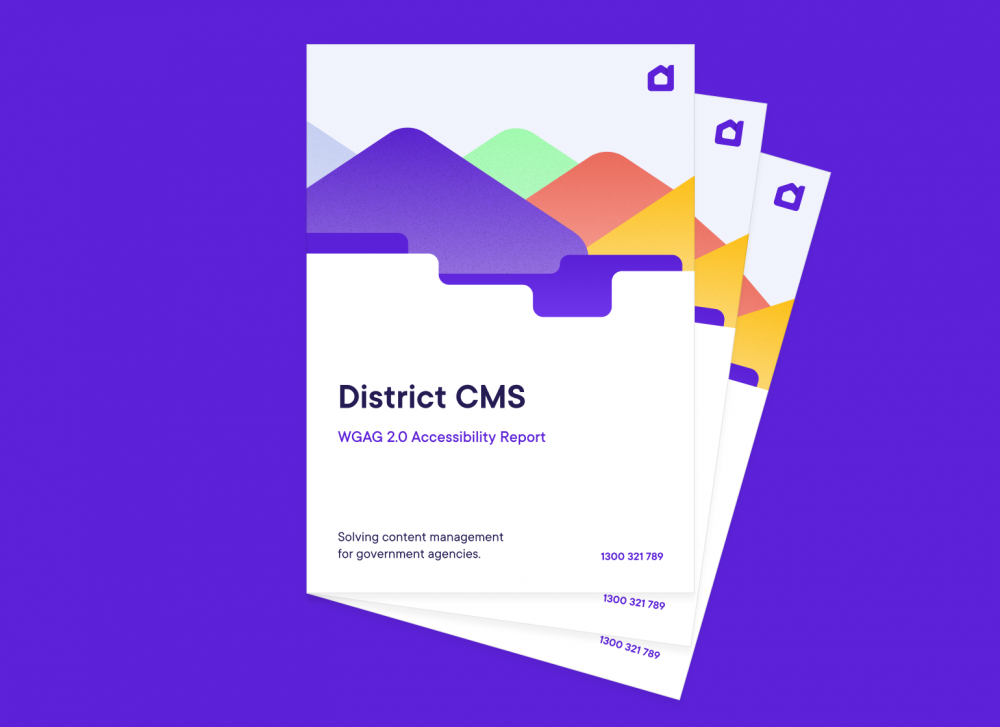
Who do website accessibility guidelines help?
The short answer is ‘everybody’.
However, W3C originally developed the WCAG guidelines to make web content more accessible to people with disabilities. This may be more complex than it first sounds, since website users may have disabilities that include:
- visual
- auditory
- physical and mobility
- speech
- cognitive
- language
- learning
- neurological
Although the guidelines aim to provide equal internet access to as many people as possible, the truth is that they can’t meet everyone’s needs at all times. But over time, W3C has updated the WCAG 2.0 guidelines to reflect the varying degrees and combinations of disabilities present in today’s internet users.
As an example, let’s look at colour blindness.
Roughly 300 million people worldwide have some form of colour blindness. This condition makes it difficult for them to clearly distinguish certain colours or colour combinations. Difficult working environments such as poor monitor quality, bad lighting and glare can also amplify colour blindness.
Many websites use colour as a readability tool or to visually differentiate information – for example in images such as graphs and infographics, or in hyperlinks or text overlays. Unfortunately, this doesn’t help users with many forms of colour blindness. They can’t perceive the different colours, so the information those colours communicate gets lost in a sea of low-contrast design.
Following the WCAG standards will mitigate this issue for those users. And, as a bonus, it will make the information easy to differentiate for other users too, allowing everyone to enjoy a better website experience.
The importance of accessibility in government agency websites
The internet is supposed to be for everyone. In fact, equal access to the web is chartered in the UN Convention on the Rights of Disabled Persons. Everyone – no matter their ability – should feel welcome to enjoy the same content and information as their peers.
Discrimination means treating people unfairly based on characteristics that are beyond their control. This issue affects people with disabilities every day at work, school and online. It’s why ensuring equal access to online information is not just recommended for government agencies, but also actually required by law.
The Australian Discrimination Act 1992 includes an obligation for all Australian government agencies to make their websites accessible. It is critical in showing support to users of all abilities and is now an embedded part of Australian governance.
General user experience (UX) vs accessibility
Ultimately, the key factor that drives online accessibility is user experience (UX).
However, general UX principles previously approached website design and implementation from the perspective of people without disabilities. Accessibility, on the other hand, assumes that all users are equal. Therefore, any feature that improves the experience for people with a disability also improves it for everyone else too.
Without these guidelines, many aspects of the internet we all take for granted would be far less common, including :
- closed captions
- alt-text for images
- proper heading hierarchy (H1, H2, H3)
- accessible colour and contrast levels
- properly formatted tables
SEO benefits
One of the core principles of search engine optimisation (SEO) is UX, so many WCAG 2.0 standards also overlap with SEO best practices.
Some of this overlap is indirect. For example, without a certain level of accessibility, many users will quickly leave your page, which in turn lowers your SEO reputation.
However, much of the overlap is direct. Simply following WCAG standards will go some way towards optimising your site for search engines, with shared SEO and accessibility principles including:
- video transcription
- image captioning
- image alt attributes
- title tags
- meta descriptions
- header tags
- link anchor text
- sitemaps, tables of contents and/or bread crumbs
- semantic HTML
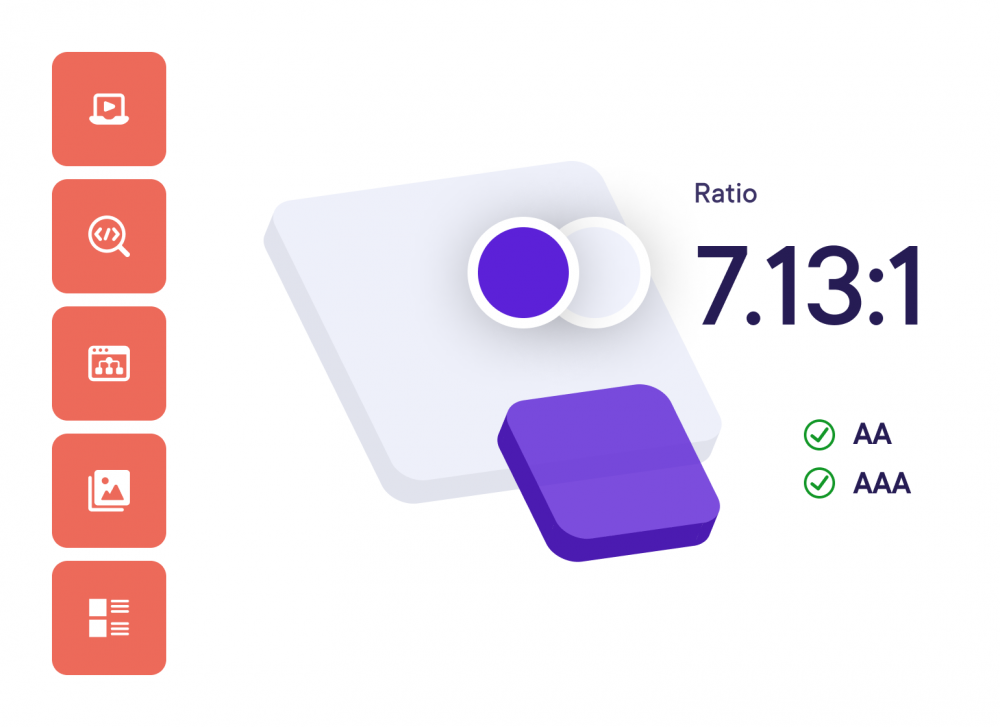
Legal requirements surrounding WCAG 2.0
The fundamental reasons for adopting the WCAG standards – inclusion and access for all – make strong business sense. After all, why would you actively exclude certain users as customers or lower the number of people your message can reach? However, websites for private organisations aren’t legally required to adhere to them.
As we’ve mentioned above, however, the standards are mandatory – to a certain level – for Australian government agencies. This is based on meeting two obligations:
- the United Nations Convention on the Rights of Persons with Disabilities
- the 1992 Disability Discrimination Act
Here’s a quick rundown on how each one applies to website accessibility.
United Nations Convention on the Rights of Persons with Disabilities
In 2008, Australia ratified the United Nations Convention on the Rights of Persons with Disabilities. Under Article 9 of this convention, signatories must, “promote access for persons with disabilities to new information and communications technologies and systems, including the Internet.”
To comply with this convention, the Australian Government must submit regular reports every four years on how they are implementing each right. Given that accessibility in emerging technologies is such an important issue, mandated anti-discrimination laws are at the centre of this commitment.
The 1992 Disability Discrimination Act
Under the Disability Discrimination Act 1992, “all Australian Government agencies are required to ensure information and services are provided in a non-discriminatory manner.”
Without meeting the WCAG 2.0 standards, agencies cannot legally satisfy these mandated requirements of ‘non-discriminatory information or service provision’.
At the time the Act was passed almost 30 years ago, no framework existed to guide these anti-discrimination principles. The original WCAG 1.0 guidelines, published in 1999, provided an initial framework.
But it wasn’t until 2008 – when WCAG 2.0 was published – that Australian Government agencies had a globally definitive set of accessibility standards to guide them. This meant they could finally design accessible web content by implementing best-practice solutions.
Taking all the necessary steps to address accessibility at the design stage can help agencies to minimise possible disability discrimination while providing a full, enjoyable online experience.
Barriers to website accessibility
While websites that follow the WCAG 2.0 standards offer many benefits, organisations and developers face several challenges when establishing an accessible site. Often, these challenges revolve around not understanding what the standards entail, and what level of compliance is required.
Interpretation
One of the most common challenges web developers face is difficulty interpreting or understanding the WCAG 2.0 standards. Compliance documents can often be complex and difficult to understand, with a base level of technical knowledge required. Without this understanding, the standards are open to interpretation, which makes it hard for web developers to definitively know whether a site is WCAG-compliant.
Compliance costs
To be certain they’ve covered all bases, some agencies engage an auditor to examine their site for accessibility gaps. However, auditors can be extremely pedantic, which can lead to higher compliance costs. To reduce these costs, both the supplier and client need to understand the possible compromises required to successfully deliver accessible content from the start of the process.
The right compliance levels
WCAG 2.0 success criteria are grouped into three levels in order of their priority and importance for accessibility. These are:
- Level A: this is the lowest level, addressing factors that fully prevent users from accessing web pages. One example might be providing keyboard access for users who cannot access content with a mouse.
- Level AA: this level addresses factors that users can mitigate with some kind of workaround. An example might be working with assistive technology that can help users make adjustments once they’re on a page.
- Level AAA: this is the highest level, addressing factors that will enhance the understanding of content and benefit specific users. Examples might include using captions for people who are deaf or working with screen readers for people who are blind.
All Australian Government agency websites are required to comply with level AA criteria or above. Any agency or groups that work directly with people with disabilities, such as the NDIS, need to comply with the higher accessibility standards of WCAG 2.0 AAA.
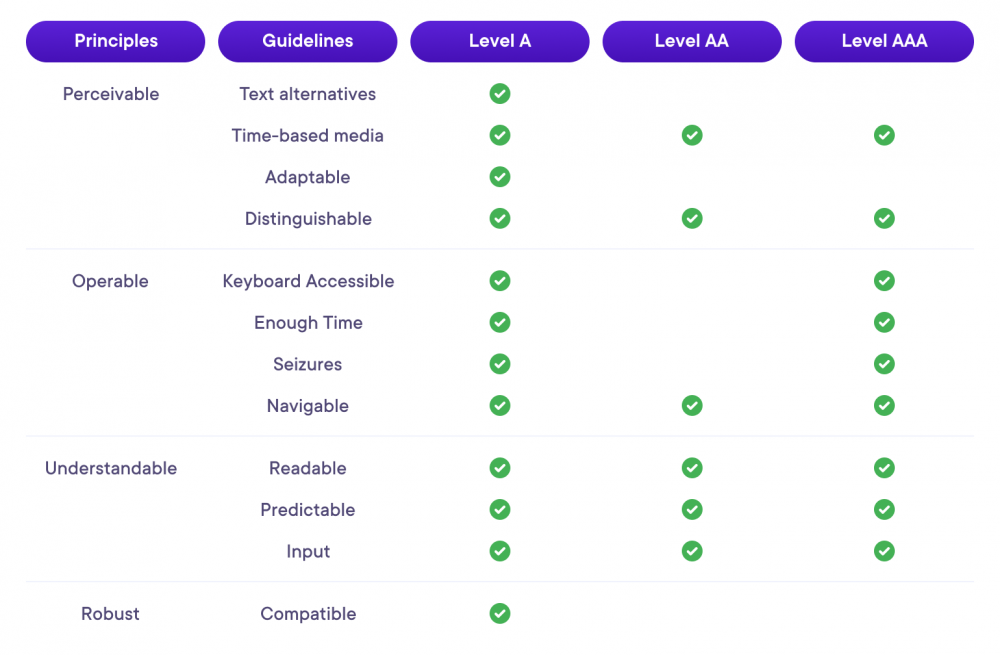
Understanding accessibility helps everyone
Web developers and agencies serving the government need to understand the importance of WCAG and accessibility compliance. In a rapidly evolving digital world, where everyone relies on the internet to navigate their daily life, it’s unreasonable to exclude anybody from this level of access.
Ultimately, Australian government regulations have made a huge difference, but there’s still some way to go. Solutions like District CMS and District Intranet can simplify the job with WCAG compliance checks included as a standard feature.
To find out how either of these solutions can improve your users’ website experiences, give us a call today.



